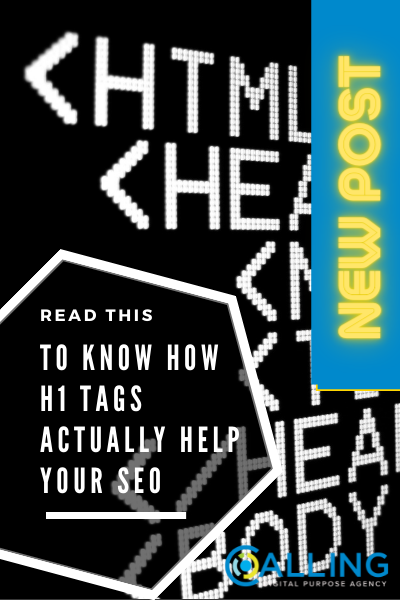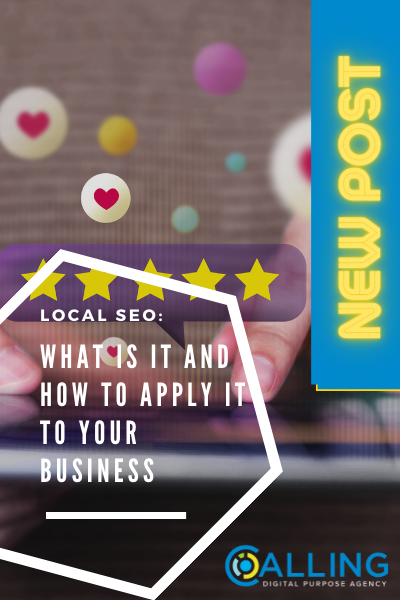Fix These 7 Usability Errors for a Better User Experience
Several design standards and guidelines are available, but one that is sometimes overlooked is the usability component. We all want websites to dazzle and impress visitors, but we also need them to perform appropriately.
Achieve a better user experience by taking note of the following seven common usability errors:
1. Excessive or Unorganized Information
It's a good idea to remove any irrelevant content. Many people believe that the ideal word count depends on the industry or knowledge at hand. If so, it's easy for us to think that our material is significant and has to be presented in great depth. But remember that It's about users, not ego, in the end.
Your material should not be crammed full of words. Remember that viewers still have a limited attention span and require content to browse quickly. It doesn't matter whether your content is 500 words long or 500 thousand words long; we must always keep the user in mind. This is true when it comes to mobile devices, where screen real estate is considerably more limited than desktops.
2. Confusing or Distracting Typography
An incorrect choice for typography may contribute to the content's poor readability. When visitors strain their eyes or zoom in to see your information because of an awful font, they will quickly leave your site. Bounce rates will rise if your typography is overly distracting or doesn't fit the aesthetic of your website. Keep your material well-structured and easy to read.
3. Very Small Clickable Areas
It is our responsibility to ensure that our users enjoy the same experience regardless of the device they are using. If someone wants to click on your call to action, they need to be able to do it with ease, regardless of the device they're on.
Your CTAs' clickable zones should be prominent enough to be seen on all devices and distinct from other content. In some instances, the color contrast isn't high enough, or a button/box form may be challenging to identify as a clickable area. Use huge and interesting images so that people will be interested in clicking on them.
4. A Design That Is Not Responsive
Certain websites aren’t using responsive design to provide a better digital experience. As an option, you may pare down your main menu to only the most necessary features.
To guarantee that visitors don't have to scroll through an infinite stream of material simply to get to the CTA at the bottom, it involves removing non-essential elements. Make sure that your photographs are resized adequately for viewing on a much smaller monitor (which, for phones and tablets, often display vertically rather than horizontally).
5. Having a Rather Difficult Navigation Environment
Few instances exist when you cannot easily condense a website’s content into its most essential components. This will save visitors from getting lost while they attempt to browse your site independently. Many pages may be integrated into one main navigation element and then broken down further into more particular sub-nav pages, even if you want to offer a lot of information on your website.
6. Long Signup Forms
Filling out forms and documents isn't fun, particularly if they ask for too much of your time and attention. To keep prospects interested in your material, simply ask what you need on your landing page.
Locate that sweet spot between what is necessary and what consumers are prepared to submit on an initial form. Often, only requiring a name and email address is sufficient to begin gathering helpful information about your prospects.
7. Having No Search Feature
If your site isn't using good search functionality, you and your visitors are losing out on helpful tools. Simply make sure that anything searchable is tagged, categorized, and labeled to optimize the user experience. Try to keep it simple for them to access what they're looking for by not making them trawl through page after page.
Conclusion
There are many factors to consider and optimize in designing a website. But having learned of the following usability flaws that would affect the digital experience of your customers and visitors, find a solution that’s just right for you and your users. The issues and errors discussed can be detrimental to your conversion rates, user experience, and the overall success of your business. To improve your site’s usability, create and design a well-structured website.
Calling Digital is Texas' top website design company. Contact us now to learn more about our data aggregation, local SEO, website design, and search engine optimization services. Let us help bring your business to the next level.












